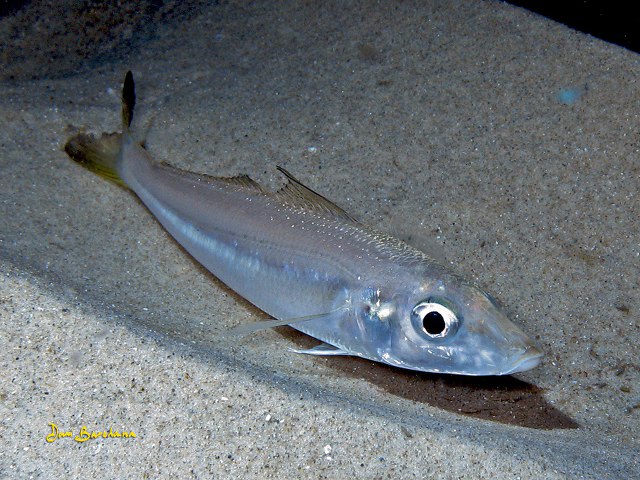| Sillaginidae (Smelt-whitings) |
| 31 cm SL (male/unsexed); max. reported age: 7 years |
|
reef-associated; brackish; marine; depth range 0 - 60 m, amphidromous |
| Indo-West Pacific: southern Red Sea (Ref. 94953) and Knysna, South Africa to Japan and south to Australia. Reported from New Caledonia (Ref. 9070). In Japan, this name has often been misapplied to Sillago japonica; often misidentified as Sillago lutea or Sillago vincenti. |
|
Dorsal spines (total): 11-13; Dorsal soft rays (total): 20-23; Anal spines: 2-2; Anal soft rays: 18-23. Swim bladder with two anterior and two posterior extensions. The anterior extensions extend forward and diverge to terminate on each side of the basioccipital above the auditory capsule. Two lateral extensions commence anteriorly, each sending a blind tubule anterolaterally and then extending along the abdominal wall below the investing peritoneum to just posterior of the duct-like process. Two posterior tapering extensions of the swim bladder project into the caudal region, one usually longer than the other. The species has a low lateral line with about 70 scales (Ref. 48635). |
| Common along beaches, sandbars, mangrove creeks and estuaries. Recorded from freshwater. Form schools. Adults bury themselves in the sand when disturbed (Ref. 6205, 44894). Feed mainly on polychaete worms, small prawns (Penaeus), shrimps and amphipods (Ref. 6226, 6227, 44894). Oviparous (Ref. 205). Larvae and juveniles are pelagic feeding on planktonic (Ref. 43081). Rarely captured by prawn trawling vessels. Marketed fresh and frozen (Ref. 9987). |
|
Least Concern (LC); Date assessed: 05 March 2015 Ref. (130435)
|
| harmless |
Source and more info: www.fishbase.org. For personal, classroom, and other internal use only. Not for publication.
